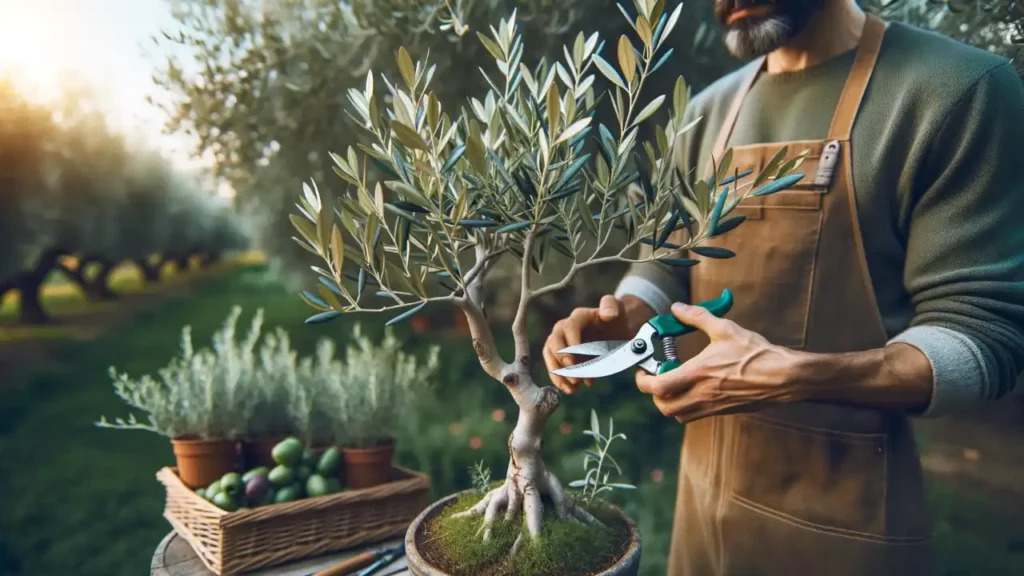Olive trees, with their gnarled trunks and silvery leaves, have been an iconic part of the Southern Spanish landscape for millennia. These trees are not just a testament to the region’s agricultural prowess but also bear witness to its rich history, culture, and traditions. Let’s embark on a journey through time, tracing the deep-rooted history of olive cultivation in Southern Spain.
Ancient Beginnings
The Phoenician and Greek Influence
The story of olive trees in Spain begins with the ancient Phoenicians. Around 1100 BC, these seafaring traders introduced the olive tree to the Iberian Peninsula. The Greeks, who followed the Phoenicians, further promoted the cultivation of olives. They recognized the fertile soils and favorable climate of Southern Spain as ideal for olive farming.

The Roman Expansion
Olives and the Roman Empire
The Romans, upon their arrival in Spain, were quick to realize the economic potential of olives. Under Roman rule, olive cultivation expanded dramatically. The Romans developed sophisticated techniques for olive farming and oil extraction. They established trade routes, making Spanish olive oil a prized commodity across the Roman Empire.
The Moorish Legacy
A Golden Era of Olive Farming
The Moors, who ruled Spain for nearly eight centuries, brought with them advanced agricultural techniques from the Middle East. They introduced terraced farming, sophisticated irrigation systems, and new olive varieties. Under Moorish rule, Andalusia became the epicenter of olive oil production, a legacy that continues to this day.
Renaissance and Beyond
The Rise of Spanish Olive Oil
Post the Reconquista, as Spain entered the Renaissance, the olive industry witnessed significant growth. The discovery of the New World opened up new markets. Spanish explorers took olive saplings to the Americas, introducing the crop to new lands.

Modern Innovations
Embracing Technology and Tradition
In the 20th century, technological advancements revolutionized olive farming in Southern Spain. Modern extraction methods, combined with traditional farming techniques, ensured that Spanish olive oil maintained its superior quality. Today, Spain is the world’s largest producer and exporter of olive oil, with Andalusia at its heart.
Cultural Significance
More Than Just a Tree
The olive tree holds profound cultural and symbolic significance in Spain. It represents peace, prosperity, and endurance. Many Spanish festivals, like the “Fiesta de la Aceituna” in Martos, celebrate the olive harvest, reflecting the deep bond between the people and the olive tree.
The Olive Tree in Art and Literature
An Enduring Inspiration
From ancient poets to modern-day artists, the olive tree has been a muse for many. Its timeless beauty and significance have inspired countless works of art, literature, and folklore in Spain.

Challenges and the Future
Navigating Modern-Day Threats
While the olive tree has withstood the test of time, it faces modern challenges. Climate change, pests, and economic pressures threaten the industry. However, with sustainable farming practices and continued innovation, the future of olive cultivation in Southern Spain remains bright.
In Conclusion:
The history of olive trees in Southern Spain is a tapestry woven with threads of commerce, culture, and conquest. It’s a story of resilience, innovation, and passion. As we drizzle Spanish olive oil on our salads or enjoy an olive tapenade, let’s take a moment to appreciate the rich history and tradition that have made it possible. The olive tree, with its deep roots in Spanish soil, stands as a testament to the region’s enduring spirit and its timeless connection to the land.




